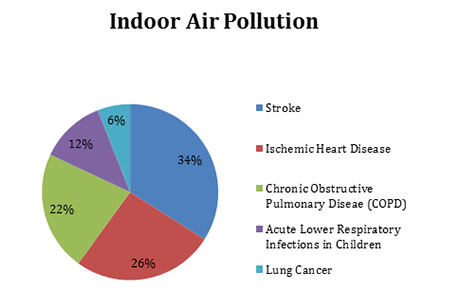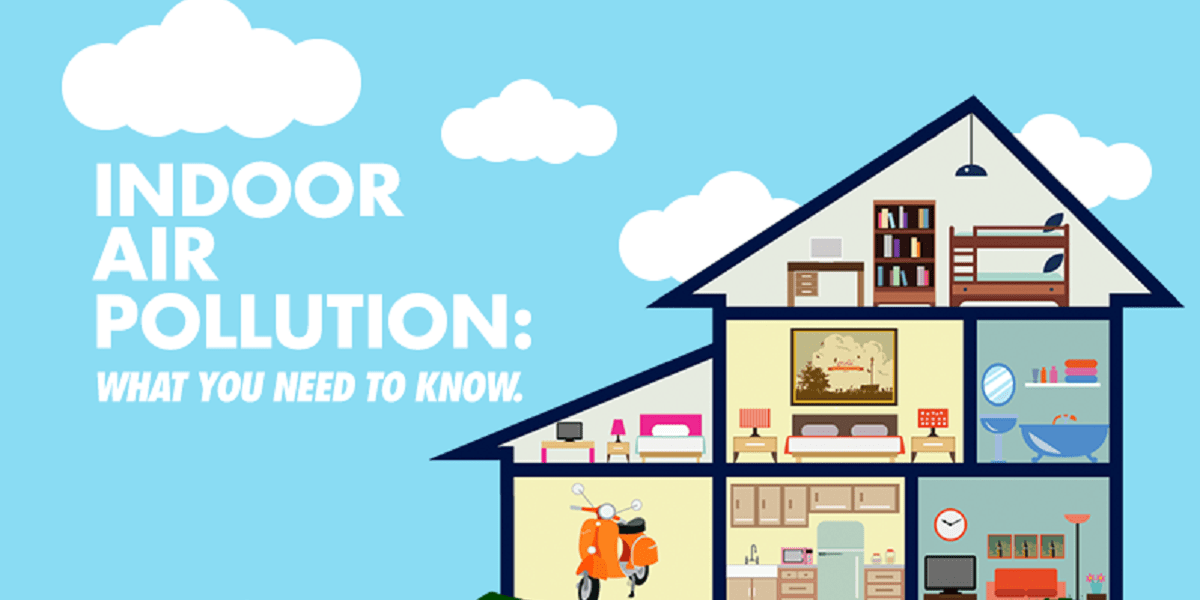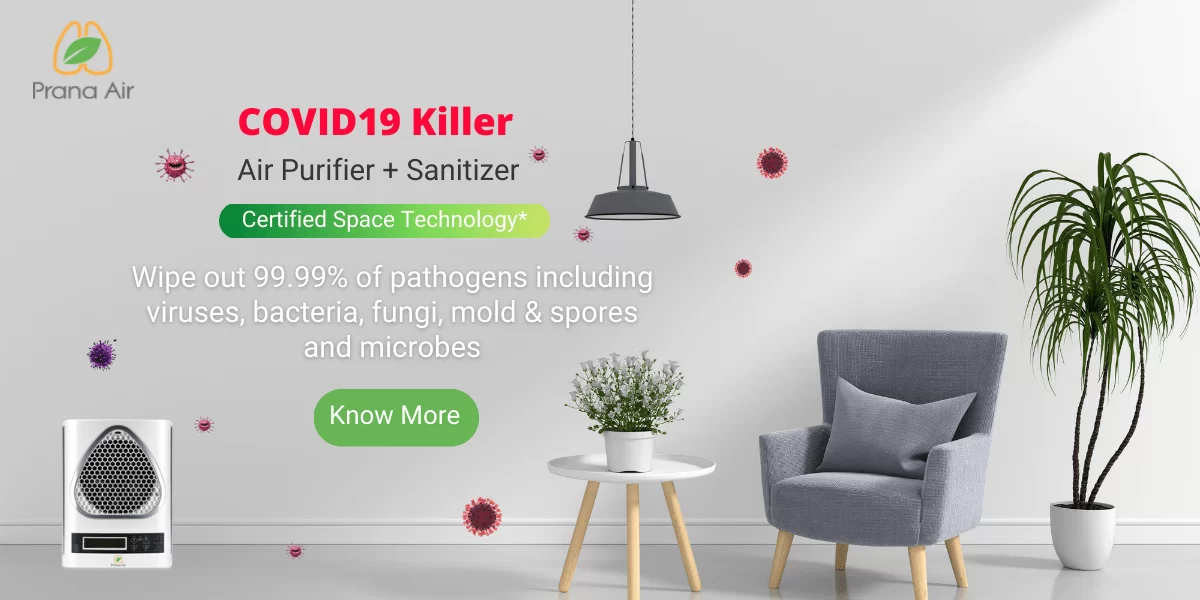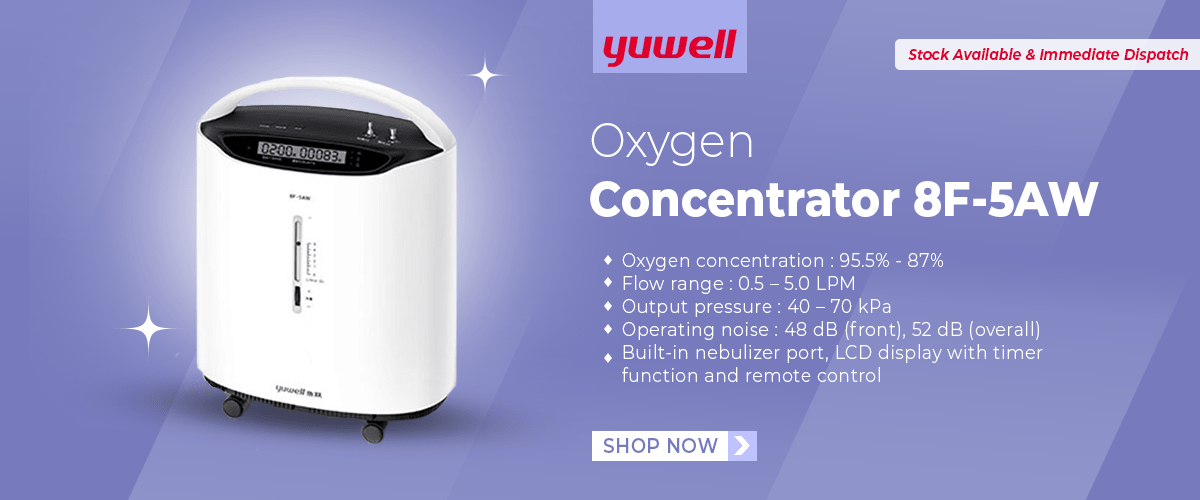What do we understand by Indoor Air Quality?
Indoor air quality refers to the air pollutants that are present in the building that has an adverse effect on human health, comfort or work performance. Monitoring indoor air quality is important as we spend about 90% of our precious time breathing indoor air. Unlike outdoor air, indoor air is continuously recycled, trapping and building the pollutants. These pollutants are so small to our naked eyes that even if we keep the indoors clean, they may still be present in large quantity. Indoor air quality not only includes the concentrations of the indoor air pollutants but also keeps a tab on the temperature, humidity, and air pressure.
Why does Indoor Air Quality Matter?

Poor indoor air quality contributes to short- and long-term health issues which often leads to a decreased amount of productivity, absenteeism, and continuous feeling of being tired. Moreover, the common symptoms which are associated with poor indoor air quality include irritation in eye, nose, throat, headaches, nausea, dizziness and fatigue. Also, if a person is exposed to indoor air pollution for a long time, it can also lead to acute asthma bronchitis, sinusitis. Sometimes, chronic respiratory illness can also develop such as lung cancer, pneumonia, hypertension, chronic obstructive pulmonary disease, and fever.
In a country like India, indoor air quality is equally worse than the outdoor air quality, especially when there is a comparison on the amount of time people spend indoors v. outdoors.
Factors contributing the most to air quality :

The primary sources in the contribution to poor IAQ are harmful gases, moreover; respirable particulates that are present in the indoor air. These sources are also caused due to inadequate ventilation, poorly maintained heating, ventilation, and air conditioning system (HVAC), furthermore; second-hand smokes such as wood & coal stoves, tobacco smoke, cooking smell and smoke, vehicle exhaust emission, carpeting, dusting, polishing of furniture, painting of the house etcetera. As a result, these sources form enough concentration of air pollutants that amplifies indoor air pollution resulting in bad health and sickness.
Indoor air quality can be monitored in spaces where we spend the majority of our time, such as:
- Scholastic institutions
- Hotels & Resorts
- Offices buildings and business organizations
- Healthcare and elderly care facilities
- Airport lounges and shopping malls
- Residential and apartment complex
Major Indoor Air Pollutants and their health effects
1. Carbon Dioxide (CO2):
- Sources: Sick Building Syndrome, inadequate ventilation
- Health Effects: Fatigue, eye, nose, throat irritation, chest discomfort, headaches
2. Carbon Monoxide(CO):
- Sources: Non-vented or Malfunctioning Gas Appliances, Tobacco Smoke and Vehicle Exhaust Emissions
- Health Effects: Headache, Nausea, Impaired Vision and Mental Functioning
3. Environmental Tobacco Smoke (COPM):
- Sources: Cigarettes, Cigars, and Pipes
- Health Effects: Respiratory Irritation, Bronchitis, and Pneumonia in Children; Emphysema, Lung Cancer and Heart Disease
4. Organic Chemicals (VOC):
- Sources: Solvents, Glues, Cleaning Agents, Pesticides, Paints, Moth Repellents, Air Fresheners, Dry cleaned Clothing
- Health Effects: Eye, Nose and Throat Irritation, Headaches, Loss of Coordination, Damage to Liver, Kidney, and Brain; Various Types of Cancer
5. Ozone(O3):
- Sources: Malfunctioning Air Treatment Systems; and Office Photocopiers and Printers
- Health Effects: Eye, Nose and Throat Irritation; Coughing; Chest Discomfort; Reduced Lung Function; Shortness of Breath
6. Nitrogen Oxides(NO2):
- Sources: Malfunctioning Gas Appliances and Vehicle Exhaust Emissions
- Health Effects: Eye, Nose and Throat Irritation; Increased Respiratory Infections in Children
7. Particulate Matter(PM):
- Sources: Cigarettes, Wood and Coal Stoves, Fireplaces, Aerosol Sprays, and House Dust
- Health Effects: Eye, Nose and Throat Irritation; Increased Susceptibility to Respiratory Infections and Bronchitis; Lung Cancer
8. Formaldehyde (CHCO):
- Sources: Plywood and MDF; Furnishings; Wallpaper; Durable Press Fabrics
- Health Effects: Eye, Nose and Throat Irritation; Headache; Allergic Reactions; Cancer
What is the Indoor Air Quality Standards?
As people are getting more aware of the danger what poor indoor air quality can cause, government and health officials have tightened up the standards. So, they are enforcing to install indoor air quality sensors to monitor the air particles and invest in quality solutions.
The quality of air in indoors has caused damage to people’s health more than one could ever imagine. As a result, investing in quality air purifiers or wearing a pollution mask is a must do for the people to avoid health risk.
This Diwali, help your family and yourself, also; protecting from the bad air indoors and outdoors. So, if you are looking for an anti-pollution mask or indoor air purifier, visit www.pranaair.com to improve the air quality indoors.
Like the article? Visit Prana Air Blogs to find more information to improve bad air quality both indoors and outdoors.









